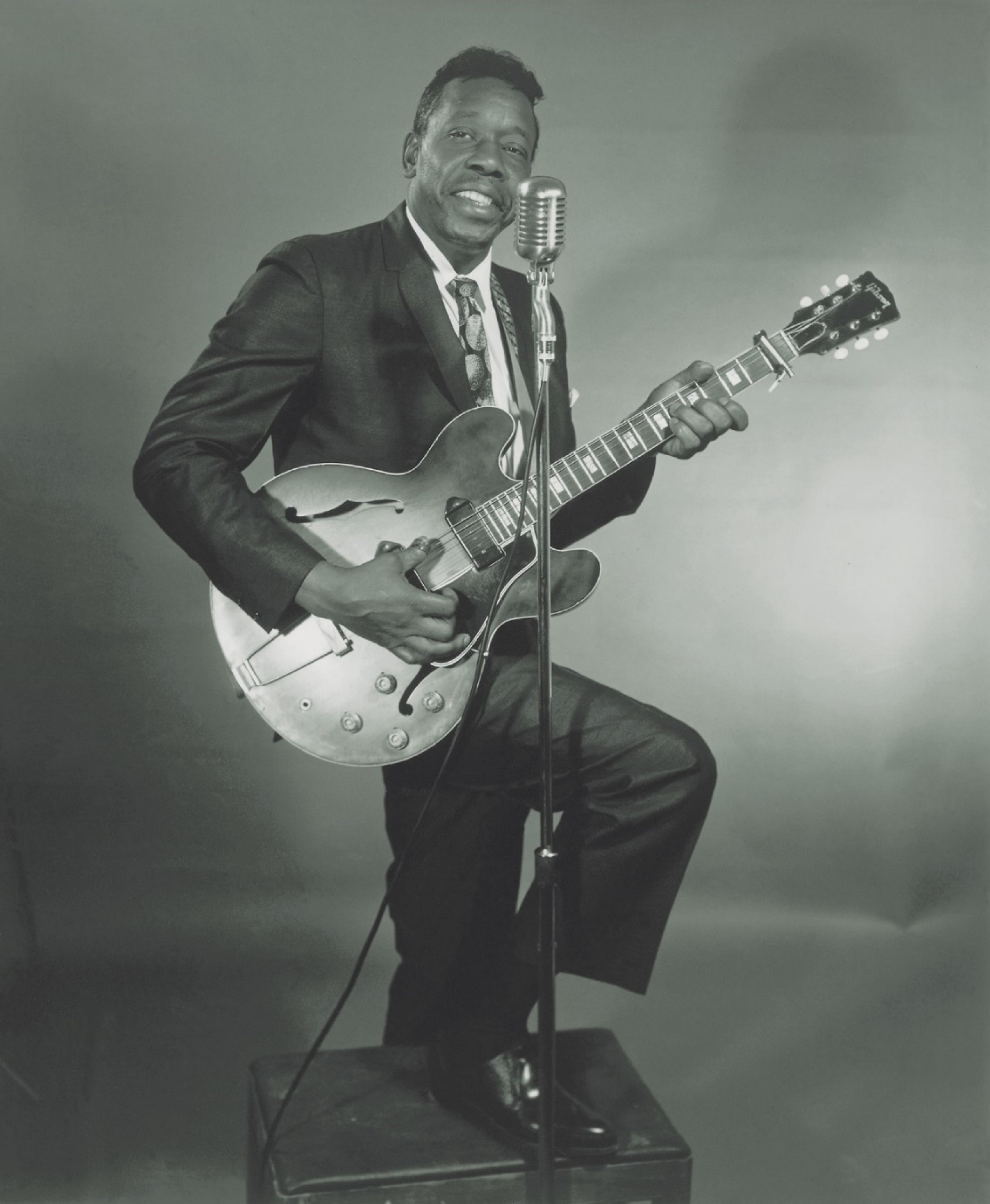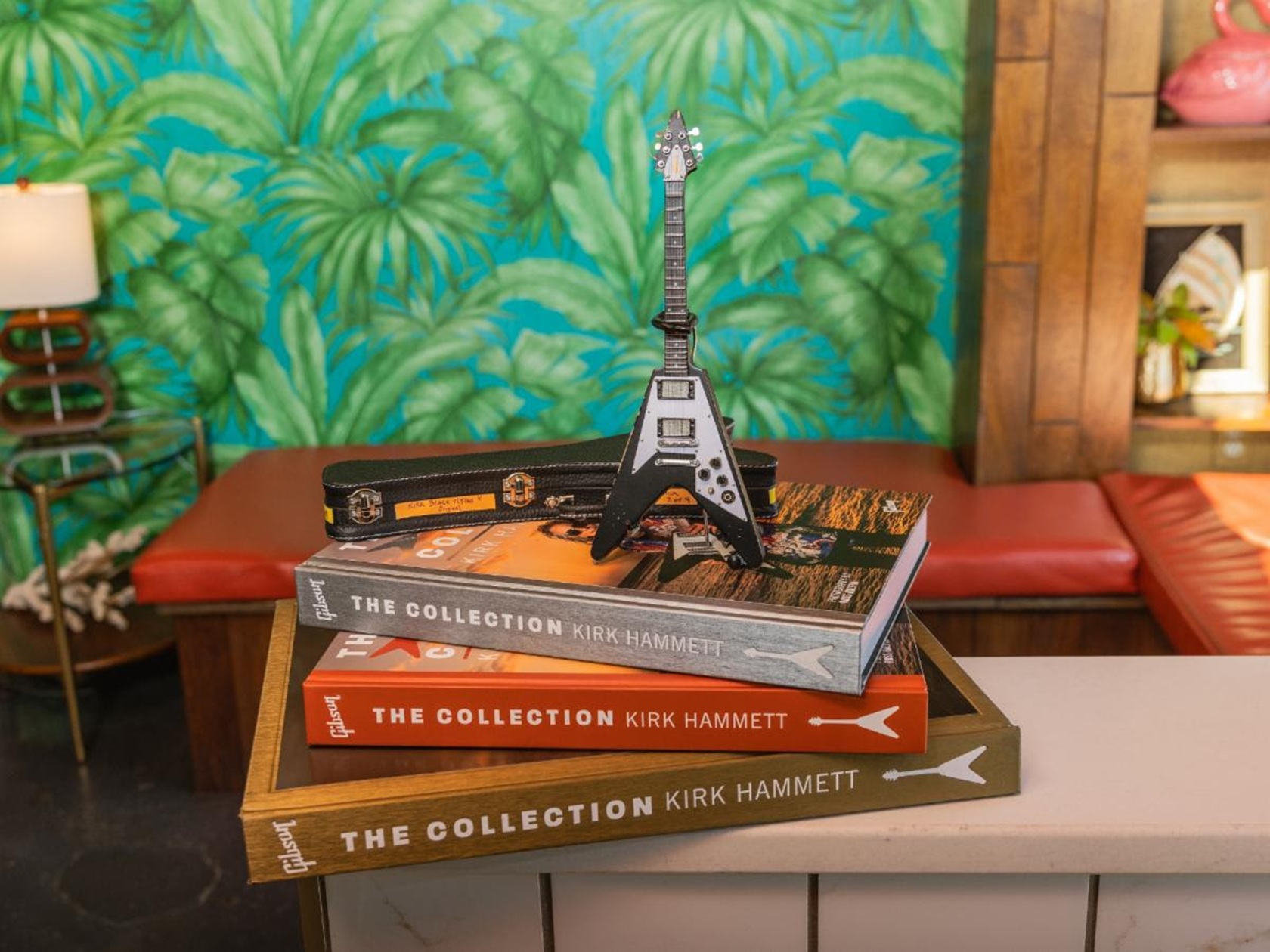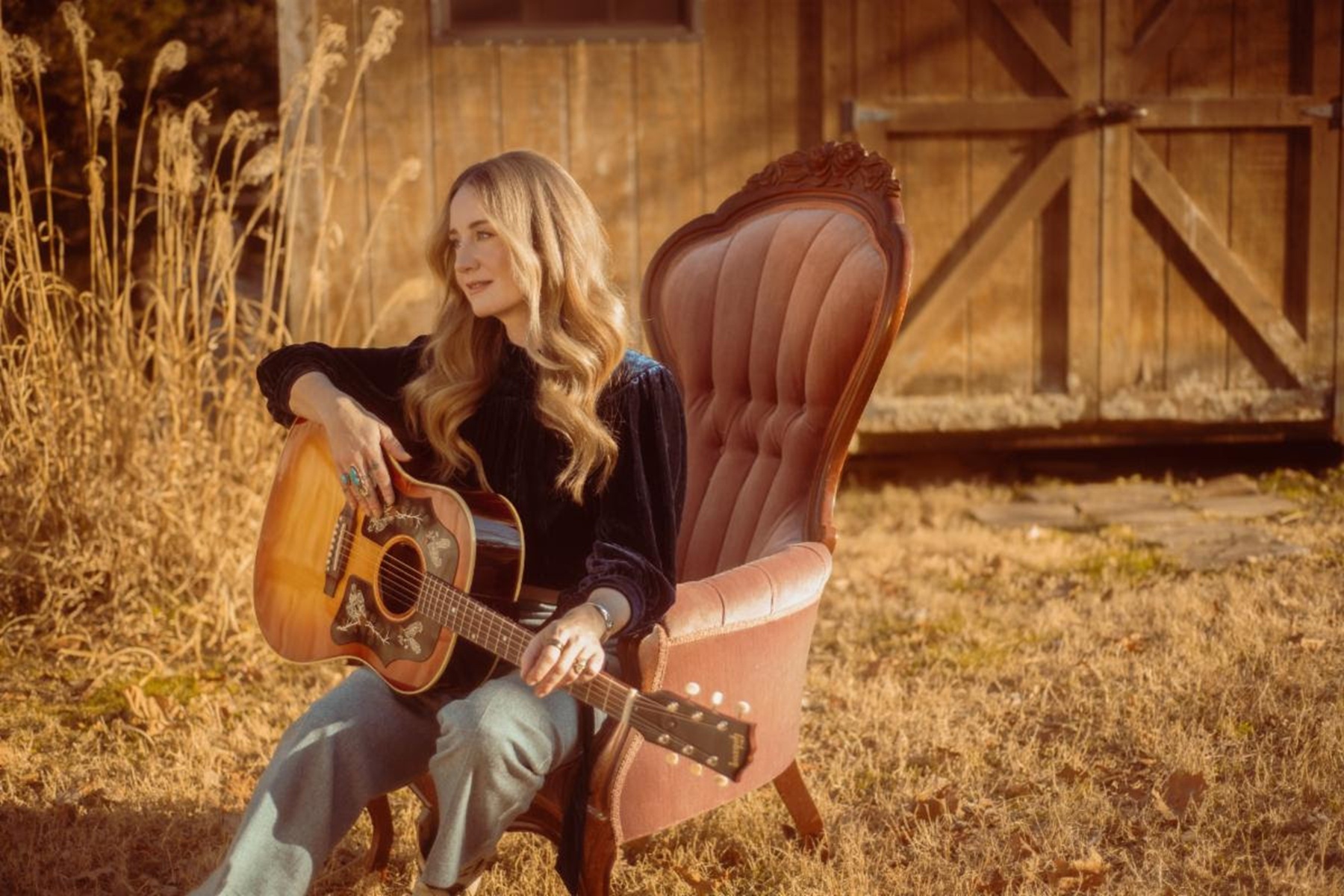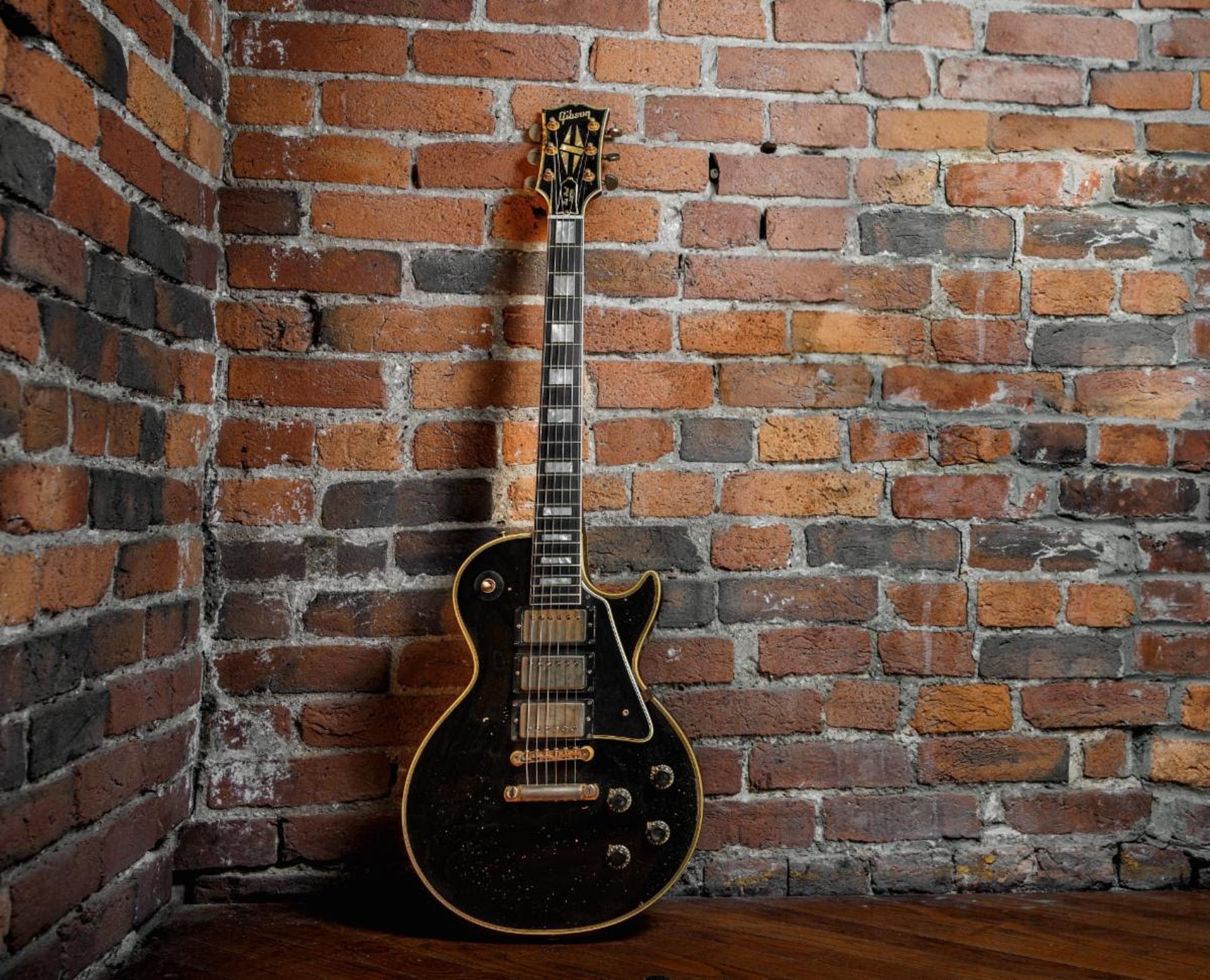For 127 years, Gibson has shaped sound across generations and genres and has emerged as the most relevant, played, and loved guitar brand around the world. Gibson is proud to release the legendary American Bluesman’ s signature ES-330 electric guitar, the Lovell. The Slim Harpo “Lovell” ES-330 guitar is handmade by the expert luthiers and artisans of Gibson USA in Nashville, TN and is available worldwide at: www.gibson.com.
An homage to blues musician James "Slim Harpo" Moore, Gibson USA has recreated Harpo’s guitar of choice, the Gibson ES-330 in the form of the Slim Harpo "Lovell" ES-330 in Vintage Sunset Burst. The Slim Harpo "Lovell" ES-330 features a three-ply Maple/Poplar/Maple top, back and sides with Spruce bracing, a Mahogany neck with a rounded C profile, Rosewood fretboard with small block inlays, ABR-1 bridge with Trapeze tailpiece, Vintage Deluxe tuners with white buttons, Dogear P-90 pickups with hand-wired controls, and Orange Drop capacitors. The guitar has a custom “Lovell” logo on the back of the headstock to honor Slim Harpo’s wife, life partner, manager, and the co-writer of some of his biggest hits, Lovell Moore.
Watch and share the video below as Keb’ Mo’ talks about the enduring influence of Slim Harpo: HERE.
The story of Slim Harpo and his music is among the most fascinating in all of blues and R&B. With his fusion of blues, rock & roll rhythms, soul, swing and even country vocal inflections, Slim was a prominent torch bearer of a subgenre known as Louisiana swamp blues. His brush with chart topping pop fame was brief as was his life, but his imprint on music is undeniable. Today, 51 years since his passing, Slim is an unsung hero of the blues - that is, outside of the generations of iconic artists he influenced.
Born in 1924 among the sugar cane fields of Belmont Plantation across the Mississippi River from Baton Rouge, Louisiana, Slim Harpo, aka James Isaac Moore was among the last of the original down-home bluesmen, but also one of the first to register hits on the pop charts.
Slim made an impressive debut with his recordings of I’m a King Bee.” In 1957. Turning professional-against his wife and music manager, Lovell’s advice – Slim found it tough to survive. Lovell booked his gigs, co-wrote his songs (although she was mostly uncredited), and traveled with him to shows out of state.
Generations of musicians have been influenced by and recorded Slim Harpo’s songs including the Kinks, Van Morrison, Otis Redding, Muddy Waters, Neil Young, Hank Williams Jr., the Grateful Dead, the Fabulous Thunderbirds. Among the first were the Rolling Stones, as Mick Jagger famously said, “What’s the point in listening to us… when you could be listening to Slim Harpo?”
In 1961, Harpo made a crossover entry into the R&B and Popular Music charts when “Rainin’ In My Heart” became one of those barely-categorizable, but unforgettable hits and got him onto American Bandstand in 1961.
Soon his blues songs on Excello Records of Nashville, TN--recorded in Crowley, Louisiana with producer J. D. Miller--were covered by the Rolling Stones and Van Morrison, among others.
Slim had an ambition that belied his laid-back manner. In 1966, when Slim hit #1 on the Billboard's R&B chart and No. 16 on the Hot 100 singles chart with the soulful rhythmic song “Baby, Scratch My Back”, he decided that elegant guitar grooves were the way to keep his music fresh. Slim bought a Gibson ES-330 and practiced day and night. In 1967, Slim renewed his contract with Excello and started working with session bands in Memphis and Nashville, TN and Muscle Shoals, AL. A string of popular hits followed including such guitar-led hits as “Tip On In” and “Te-Ni-Nee-Ni-Nu,” and other memorable blues tracks including “Mailbox Blues,” “Dynamite,” “Jody Man,” and “The Music’s Hot.”
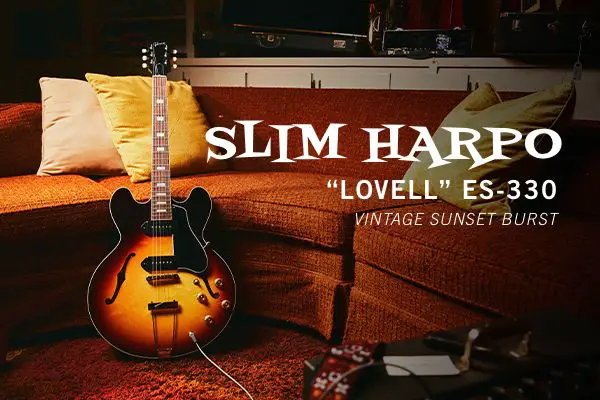
Slim Harpo took his music coast to coast playing venues like the Whisky A Go Go in Los Angeles and the Fillmore East in New York. Slim toured with James Brown and appeared on bills with rock bands- always pictured with his Gibson guitar. He was preparing for a spring 1970 tour to Europe when he died that January, at just 46 years old.
Harpo lived, worked, and performed most of his life in Louisiana--and kept his day job hauling sugar cane and scrap iron—that never diminished his stature among his more famous rock peers in New York and Los Angeles. An unassuming and calm man, he nevertheless developed a polished and assured stage appearance. When he died, he left behind one of the most consistently good and coherent bodies of blues recordings. Harpo’s music was pure blues in essence, but also borrowed from and wandered into soul and country styles without losing face. Easy to listen to, easy to love, but real, Slim’s music possesses an underlying intensity that continues to make it appealing to generations of performers.
The list of artists influenced by Slim Harpo and his growly, soulful riffs and hooks is a veritable who’s who of Rock & Roll Hall of Fame inductees. And even though he left us way too soon, Slim Harpo left his mark on one of America’s true original art forms. The King Bee’s legacy is alive and well influencing legions of players, whether they realize it, or not.





